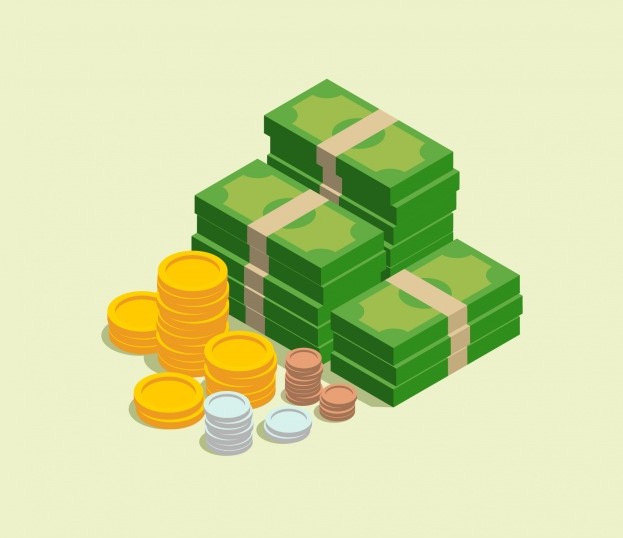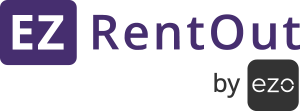How did personalized pricing start?
Back in the 1860s, before the price tag was invented, customers had to negotiate prices with the seller. If the customer was a regular, they’d get a discount, which kept them coming back and also encouraged others to become loyal customers.
The idea was that loyal customers should receive better offers as a reward for their loyalty as compared to unknown customers who had no history with the company. This pricing method is known as personalized pricing. Modern businesses use sophisticated techniques to apply this method and target individual buyers/renters to increase sales.
Personalized pricing vs. dynamic pricing
These two terms are often confused with each other or even used interchangeably. However, there are clear differences between them. Dynamic pricing doesn’t distinguish who the customer is and how much you value them. It only takes into consideration the changing market conditions.
Personalized pricing is the complete opposite. Here, the business knows who the customer is and incentivizes them based on their characteristics and actions. With personalized pricing, you can offer unique deals, such as a loyalty or rewards program, to the customers who are valuable to your company.
Let’s discuss both these pricing models in some more detail.
Dynamic pricing
With dynamic pricing, every customer sees the same price, irrespective of who they are, how loyal they are, or how much business they bring in. But that doesn’t mean that dynamic pricing remains stagnant and doesn’t change at all. It does change, but not due to factors related to the customers.
Instead, dynamic pricing changes due to market variables that have nothing to do with the customers. For example, an increase in demand for a product can lead to a rise in the price as well. This price rise will be the same for all customers.
Market fluctuations can be anything, even the time of day or the temperature. A common example is the ice-cream cart sellers. Their prices increase in the summer season when the temperature rises and they are more in demand. Similarly, the prices decrease in the winters. This fluctuation in price had nothing to do with the customer.

Personalized pricing
As opposed to dynamic pricing, personalized pricing takes the customer into account. The prices don’t change based on market conditions. Instead, they change based on which customer you are dealing with at the time.
For example, your fixed rental rate for a laptop might be $15/day. However, for a regular or loyal customer who always comes to you for business, you might price it down to $10/day. This is personalized pricing because you are using certain personal attributes of the customer to set a unique price for them.
It is not unusual for companies to incentivize customers by lowering the price based on their characteristics and actions. In a way, all loyalty programs count as personalized pricing. You incentivize customers to become loyal customers. In return, you give them a discounted rate or some similar offer.
Why opt for personalized pricing?
Customizing your prices for different customers results in many benefits for your company.:
- Customizing the customer’s shopping experience on an individual level leads to greater customer satisfaction.
- You can take a thorough look at the customer – everything you know about needs, revenue, demands, and behaviors. Then use this information to set an optimal price that can seal the deal, leading to more sales.
- It builds customer loyalty since customers know they are valued and rewarded for coming back to your business. Once other customers see this, they too will want such rewards and may opt to become loyal customers.

How to set up personalized pricing?
Setting up personalized pricing can be challenging without the correct software to streamline and consolidate data. With all your rental data stored in one place and all your customers and orders information stored elsewhere, it’s going to be tedious or even error-prone to figure out what pricing to offer which customers.
You can simplify this entire process by incorporating relevant equipment rental software. The software enables you to access a customer’s information with a single click. You can see the customer’s past orders, their payment history, whether they returned items on time, and so on.
If you want, you can also assign categories to customers to make it easier later on. For example, for customers that fall within the ‘Good’ category, you can set unique discounted prices.
Similarly, you can use personalized pricing to set up a rewards program. Incentivize customers to visit you more frequently. In return, you will offer those customers discounted rental rates. With the rental software in place, you can easily customize the prices for individual customers without having to go through rows of spreadsheets.
Use leading rental software to offer personalized pricing
In your search for rental software to make things easier and set up seamless personalized pricing, look no further. With EZRentOut, personalized pricing is just a click away. All you have to do is go to the relevant customer’s page and directly customize the pricing for that customer. You can read more about the customer-level pricing feature here.
EZRentOut is the leading equipment rental software used by SMBs all over the globe.
For more assistance, drop us an email at support@ezo.io.







